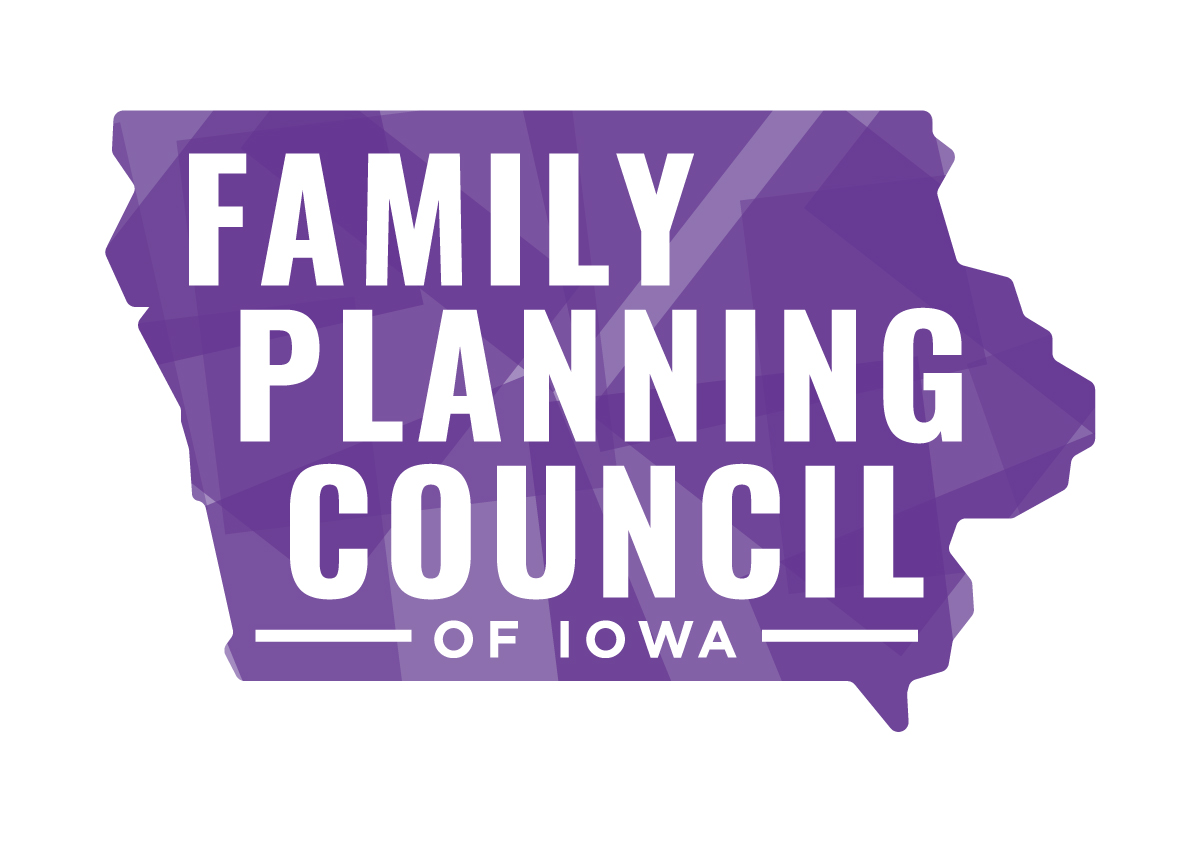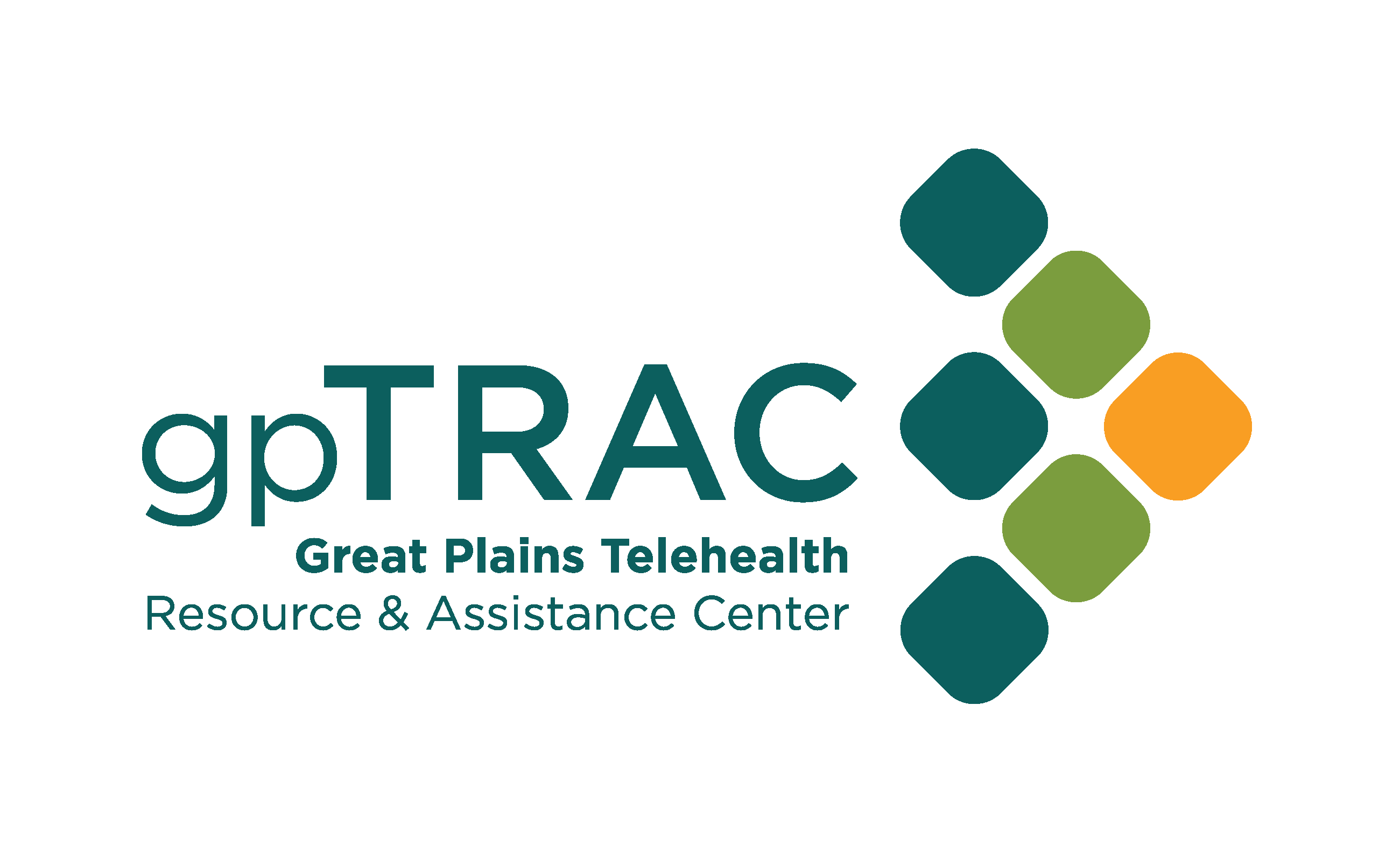Partners aim to ensure Veterans with behavioral health issues are identified and engaged in care, and that the care delivered is seamlessly coordinated among the two systems. Goals of the project include:
- Identify Veterans presenting at CHC/SEIA for care;
- Assist interested Veterans with exploring eligibility and applying for Veterans’ health care benefits;
- Screening Veterans for behavioral health issues; and
- Ensuring Veterans who screen positive have access and are connected with behavioral health services at the health center or VA.
The significance of this project is tremendous, as there is great interest from the national level – both the VA and the Health Resources and Services Administration (HRSA) – in this small Iowa project. In recent years there have been attempts made elsewhere in the country to coordinate care and integrate systems, but none have been successful to date, as there are challenges on all sides.
Despite the challenges, all parties remain committed to assisting Veterans. Successes to date include additional behavioral health screening tools at CHC/SEIA and health center staff access to the VA’s heath record. Training for health center staff has focused on Veterans culture, the VA integrated care model, and eligibility. Identified Veterans at the health center are contacted to discuss interest in VA care.
While these are just some of the steps accomplished to date, all lay the groundwork for care coordination between the two systems, and the ultimate potential for integrated care to occur.



























.png)











